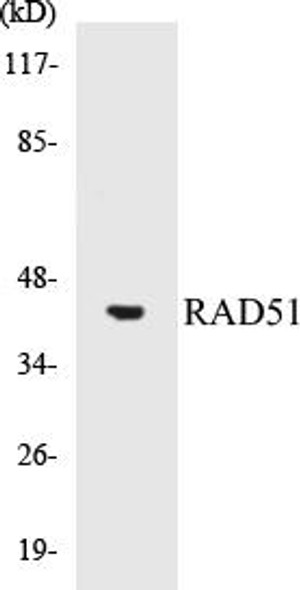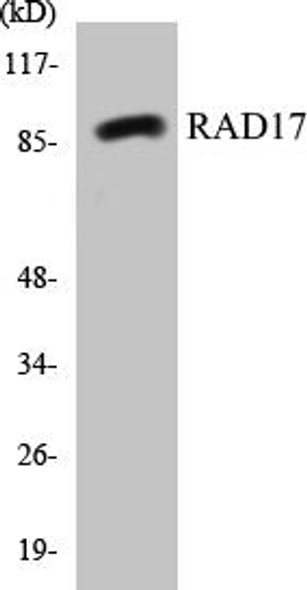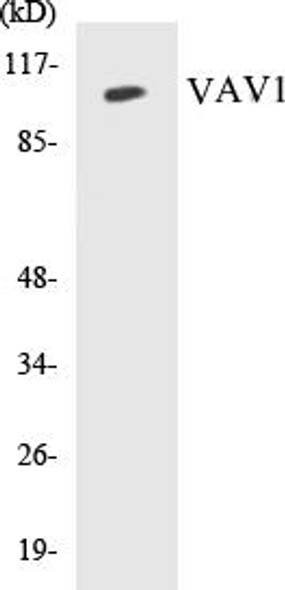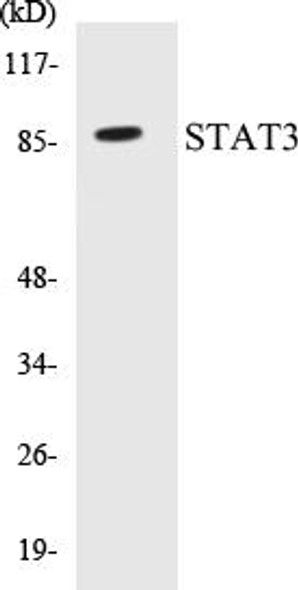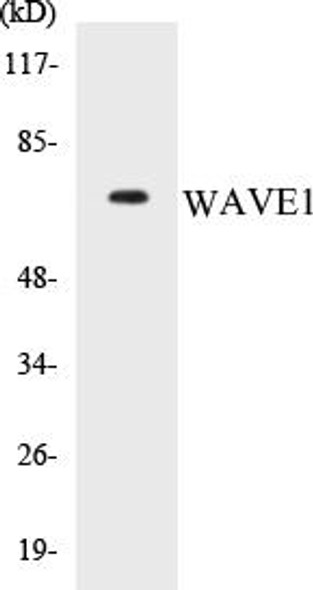Description
BAX Colorimetric Cell-Based ELISA Kit
The Bax Colorimetric Cell-Based ELISA Kit is specifically designed for the sensitive and accurate detection of Bax protein levels in cell lysates and tissue samples. This kit utilizes a colorimetric assay to quantitatively measure the expression of Bax, a key protein involved in the regulation of apoptosis.Bax plays a critical role in the intrinsic pathway of apoptosis, a process that is essential for maintaining cellular homeostasis and eliminating damaged or unwanted cells. Dysregulation of Bax expression has been implicated in various diseases, including cancer, neurodegenerative disorders, and autoimmune conditions.
With its high sensitivity and specificity, the Bax Colorimetric Cell-Based ELISA Kit provides researchers with a reliable tool for studying apoptotic pathways and identifying potential therapeutic targets for treating human diseases. This kit is suitable for a wide range of research applications, making it an invaluable resource for investigators working in the fields of cell biology, cancer research, and drug discovery.
| Product Name: | BAX Colorimetric Cell-Based ELISA |
| Product Code: | CBCAB00157 |
| ELISA Type: | Cell-Based |
| Target: | BAX |
| Reactivity: | Human, Mouse, Rat |
| Dynamic Range: | > 5000 Cells |
| Detection Method: | Colorimetric 450 nmStorage/Stability:4°C/6 Months |
| Format: | 96-Well Microplate |
The BAX Colorimetric Cell-Based ELISA Kit is a convenient, lysate-free, high throughput and sensitive assay kit that can detect BAX protein expression profile in cells. The kit can be used for measuring the relative amounts of BAX in cultured cells as well as screening for the effects that various treatments, inhibitors (ie siRNA or chemicals), or activators have on BAX.
Qualitative determination of BAX concentration is achieved by an indirect ELISA format. In essence, BAX is captured by BAX-specific primary antibodies while the HRP-conjugated secondary antibodies bind the Fc region of the primary antibody. Through this binding, the HRP enzyme conjugated to the secondary antibody can catalyze a colorimetric reaction upon substrate addition. Due to the qualitative nature of the Cell-Based ELISA, multiple normalization methods are needed:
| 1. | A monoclonal antibody specific for human GAPDH is included to serve as an internal positive control in normalizing the target absorbance values. |
| 2. | Following the colorimetric measurement of HRP activity via substrate addition, the Crystal Violet whole-cell staining method may be used to determine cell density. After staining, the results can be analysed by normalizing the absorbance values to cell amounts, by which the plating difference can be adjusted. |
| Database Information: | Gene ID: 581, UniProt ID: Q07812, OMIM: 600040, Unigene: Hs.624291 |
| Gene Symbol: | BAX |
| Sub Type: | None |
| UniProt Protein Function: | Accelerates programmed cell death by binding to, and antagonizing the apoptosis repressor BCL2 or its adenovirus homolog E1B 19k protein. Under stress conditions, undergoes a conformation change that causes translocation to the mitochondrion membrane, leading to the release of cytochrome c that then triggers apoptosis. Promotes activation of CASP3, and thereby apoptosis. |
| NCBI Summary: | The protein encoded by this gene belongs to the BCL2 protein family. BCL2 family members form hetero- or homodimers and act as anti- or pro-apoptotic regulators that are involved in a wide variety of cellular activities. This protein forms a heterodimer with BCL2, and functions as an apoptotic activator. This protein is reported to interact with, and increase the opening of, the mitochondrial voltage-dependent anion channel (VDAC), which leads to the loss in membrane potential and the release of cytochrome c. The expression of this gene is regulated by the tumor suppressor P53 and has been shown to be involved in P53-mediated apoptosis. Multiple alternatively spliced transcript variants, which encode different isoforms, have been reported for this gene. [provided by RefSeq, Jul 2008] |
| UniProt Code: | Q07812 |
| NCBI GenInfo Identifier: | 728945 |
| NCBI Gene ID: | 581 |
| NCBI Accession: | Q07812.1 |
| UniProt Secondary Accession: | Q07812,P55269, Q07814, Q07815, Q8WZ49, Q9NR76, Q9NYG7 Q9UCZ6, Q9UCZ7, Q9UQD6, A8K4W1, |
| UniProt Related Accession: | Q07812 |
| Molecular Weight: | 19,718 Da |
| NCBI Full Name: | Apoptosis regulator BAX |
| NCBI Synonym Full Names: | BCL2 associated X, apoptosis regulator |
| NCBI Official Symbol: | BAX |
| NCBI Official Synonym Symbols: | BCL2L4 |
| NCBI Protein Information: | apoptosis regulator BAX |
| UniProt Protein Name: | Apoptosis regulator BAX |
| UniProt Synonym Protein Names: | Bcl-2-like protein 4; Bcl2-L-4 |
| Protein Family: | Protein |
| UniProt Gene Name: | BAX |
| UniProt Entry Name: | BAX_HUMAN |
| Component | Quantity |
| 96-Well Cell Culture Clear-Bottom Microplate | 2 plates |
| 10X TBS | 24 mL |
| Quenching Buffer | 24 mL |
| Blocking Buffer | 50 mL |
| 15X Wash Buffer | 50 mL |
| Primary Antibody Diluent | 12 mL |
| 100x Anti-Phospho Target Antibody | 60 µL |
| 100x Anti-Target Antibody | 60 µL |
| Anti-GAPDH Antibody | 60 µL |
| HRP-Conjugated Anti-Rabbit IgG Antibody | 12 mL |
| HRP-Conjugated Anti-Mouse IgG Antibody | 12 mL |
| SDS Solution | 12 mL |
| Stop Solution | 24 mL |
| Ready-to-Use Substrate | 12 mL |
| Crystal Violet Solution | 12 mL |
| Adhesive Plate Seals | 2 seals |
The following materials and/or equipment are NOT provided in this kit but are necessary to successfully conduct the experiment:
- Microplate reader able to measure absorbance at 450 nm and/or 595 nm for Crystal Violet Cell Staining (Optional)
- Micropipettes with capability of measuring volumes ranging from 1 µL to 1 ml
- 37% formaldehyde (Sigma Cat# F-8775) or formaldehyde from other sources
- Squirt bottle, manifold dispenser, multichannel pipette reservoir or automated microplate washer
- Graph paper or computer software capable of generating or displaying logarithmic functions
- Absorbent papers or vacuum aspirator
- Test tubes or microfuge tubes capable of storing ≥1 ml
- Poly-L-Lysine (Sigma Cat# P4832 for suspension cells)
- Orbital shaker (optional)
- Deionized or sterile water
*Note: Protocols are specific to each batch/lot. For the correct instructions please follow the protocol included in your kit.
| Step | Procedure |
| 1. | Seed 200 µL of 20,000 adherent cells in culture medium in each well of a 96-well plate. The plates included in the kit are sterile and treated for cell culture. For suspension cells and loosely attached cells, coat the plates with 100 µL of 10 µg/ml Poly-L-Lysine (not included) to each well of a 96-well plate for 30 minutes at 37°C prior to adding cells. |
| 2. | Incubate the cells for overnight at 37°C, 5% CO2. |
| 3. | Treat the cells as desired. |
| 4. | Remove the cell culture medium and rinse with 200 µL of 1x TBS, twice. |
| 5. | Fix the cells by incubating with 100 µL of Fixing Solution for 20 minutes at room temperature. The 4% formaldehyde is used for adherent cells and 8% formaldehyde is used for suspension cells and loosely attached cells. |
| 6. | Remove the Fixing Solution and wash the plate 3 times with 200 µL 1x Wash Buffer for five minutes each time with gentle shaking on the orbital shaker. The plate can be stored at 4°C for a week. |
| 7. | Add 100 µL of Quenching Buffer and incubate for 20 minutes at room temperature. |
| 8. | Wash the plate 3 times with 1x Wash Buffer for 5 minutes each time. |
| 9. | Add 200 µL of Blocking Buffer and incubate for 1 hour at room temperature. |
| 10. | Wash 3 times with 200 µL of 1x Wash Buffer for 5 minutes each time. |
| 11. | Add 50 µL of 1x primary antibodies (Anti-BAX Antibody and/or Anti-GAPDH Antibody) to the corresponding wells, cover with Parafilm and incubate for 16 hours (overnight) at 4°C. If the target expression is known to be high, incubate for 2 hours at room temperature. |
| 12. | Wash 3 times with 200 µL of 1x Wash Buffer for 5 minutes each time. |
| 13. | Add 50 µL of 1x secondary antibodies (HRP-Conjugated AntiRabbit IgG Antibody or HRP-Conjugated Anti-Mouse IgG Antibody) to corresponding wells and incubate for 1.5 hours at room temperature. |
| 14. | Wash 3 times with 200 µL of 1x Wash Buffer for 5 minutes each time. |
| 15. | Add 50 µL of Ready-to-Use Substrate to each well and incubate for 30 minutes at room temperature in the dark. |
| 16. | Add 50 µL of Stop Solution to each well and read OD at 450 nm immediately using the microplate reader. |
(Additional Crystal Violet staining may be performed if desired – details of this may be found in the kit technical manual.)
| Lai et al. | Hispidin in the Medicinal Fungus Protects Dopaminergic Neurons from JNK Activation-Regulated Mitochondrial-Dependent Apoptosis in an MPP+-Induced In Vitro Model of Parkinson’s Disease | Neuroscience and Neuropharmacology 2023 | PubMed ID: 36771255 |


